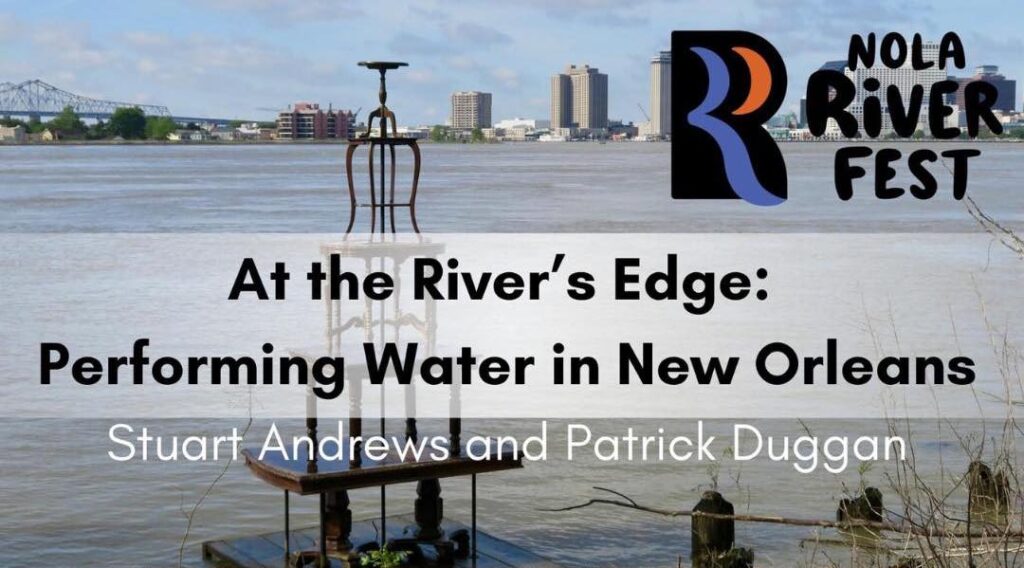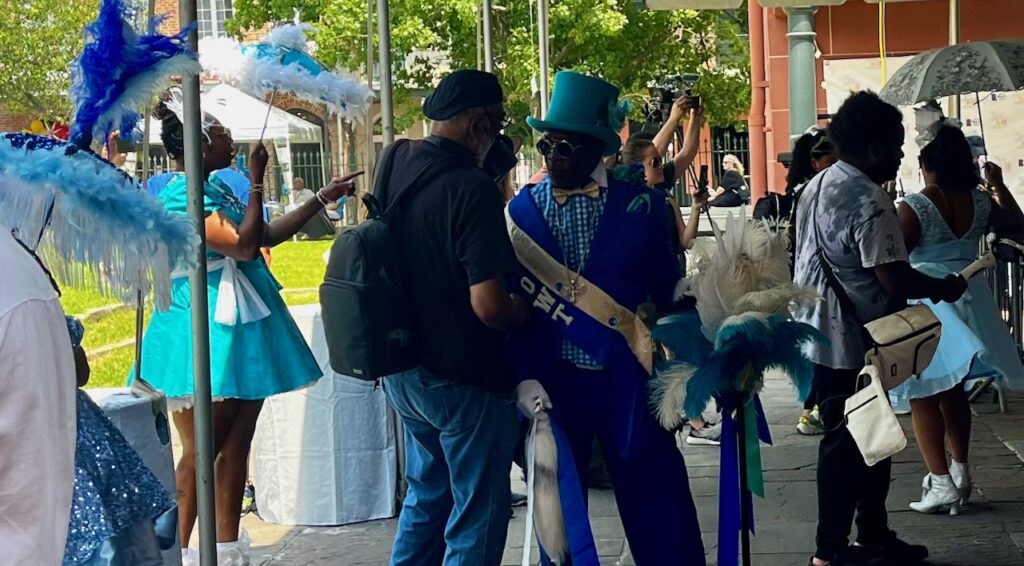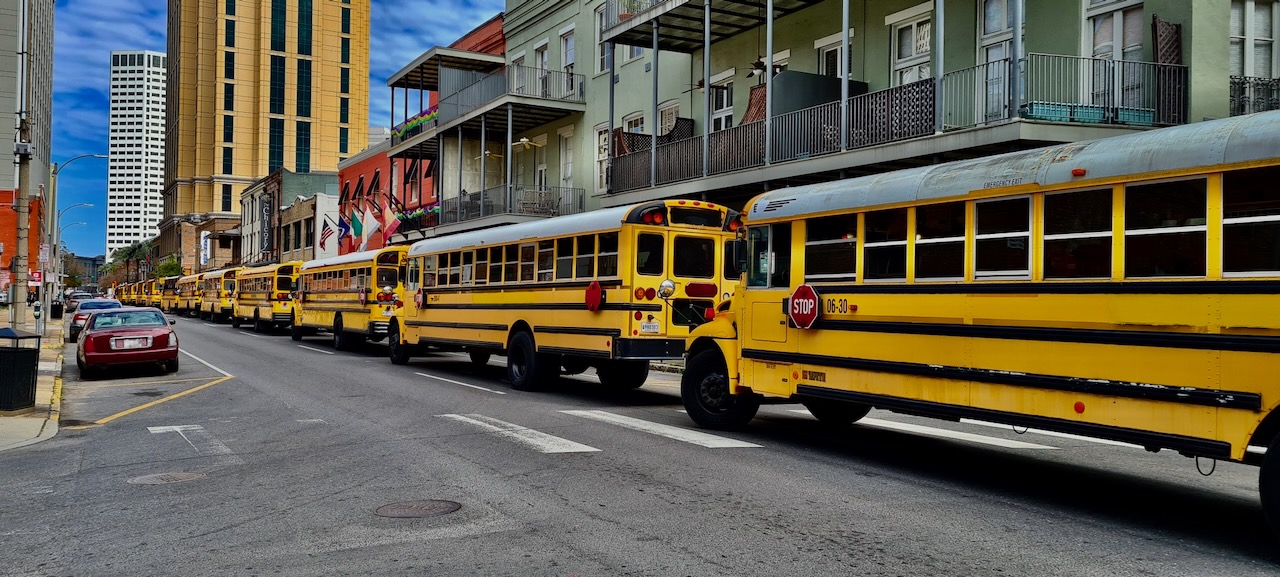
We arrived at the Jazz Museum just after eleven in the morning. It was a Saturday and the French Quarter was busy. This wasn’t entirely a surprise, it is a popular area with visitors to the city. Yet the effect was heighted with two festivals in close proximity, RiverFest at the Museum and the Creole Tomato Festival at the nearby French Market. Festivals have become critical means by which cities draw in visitors, revealing or introducing distinct aspects of a place, and limiting any singular version of that place. Here, in the growing crowds between these apparently unrelated events, we became aware of the ways in which a relatively small area of a city can be simultaneously framed by quite different festivals at the same time. We noticed an echo between the independent stalls that were gathered together in the covered French Market, and the independent festivals situated in the French Quarter.
RiverFest celebrates ‘the cultural, economic, environmental & inspirational impacts and contributions of the Mississippi River to the Crescent City.’ (https://www.nolariverfest.org/river-fest). This was the eleventh year of the festival, a day-long event which included ‘live music, presentations and panels, walking tours, delicious local food vendors and a full bar, and more’ (Ibid). The festival brought together practices and perspectives on the river. While it was held at the Jazz Museum, and while this year the theme was the Delta Blues, the remit of the event extends beyond music alone, speaking to the multiple ways in which the river is understood in the city and the Gulf South. Set just a short distance from the river’s edge, the Museum is well placed to welcome inhabitants and out-of-towners to gather and reflect on the Mississippi.
This was the first festival we had spoken at in the city, and we were pleased to have a chance to share our emerging research with the public. As we set up for our talk, we watched the arrival of performers who had launched RiverFest at Jackson Square, before leading a ‘second line’ to the Museum gardens below us. We were struck by the contrast of setting up our Powerpoint in a top floor room, while below, the Treme-Lafitte Brass Band, the N’Awlins Baby Dolls, and the Original Wild Tchoupitoulas Indians gathered at the outdoor festival stage below. Close by the Museum and festival entrance, a crawfish boil was being set up. Audience members arrived in the room, we chatted a little, time ticked toward noon, and we turned away from the window to begin.

Our talk focused on artistic and everyday practices of ‘living with water’, a phrase that has become increasingly familiar in academic literature and professional practice. There is something positive, possible about ‘living with’ water, although we are aware that life ‘with water’ is not always so positive. Relatedly, in the talk, we noted the interest in blue/green architecture and design, in which places are increasingly being developed or adapted to manage water, to slow its course, and limit flooding. In this context, we introduced and reflected on ways in which artists in the city, and everyday practitioners of the city, have helped advance understandings of living with water in the metro area and in Greater New Orleans.
From venues such as Music Box Village and Studio in the Woods, to artworks including Rising Tables and Float Lab, to everyday negotiations of water, and water management strategy, we considered ways in which people in the city are revealing new means of understanding, practising, and managing water. While we framed our work in terms of water, rather than the Mississippi alone, the work of preparing the talk allowed us to discover and trace the significance of the river to our forthcoming book as a whole. We made a note to look for other such aspects of the city and region that exist in the emerging book but that aren’t mapped in the list of chapters.
In conversation with participants after the talk, we discussed the ways that the arts addressed the pandemic, we considered the limits to definitions of the city, and spoke of the value of thinking about New Orleans in the context of the Delta, region, and state. We shared our concerns about any use of the arts to appear to ‘fix’ resilience challenges, pointing more to the ways in which arts practice may reimagine challenges, and the ways these understandings can be placed in productive dialogue with resilience initiatives. Time moves quickly and soon enough we’re back outside, amid the music and dance of the garden. We’re grateful to the organisers of RiverFest for programming our panel and to our spectators for their generous reflections on the work.
